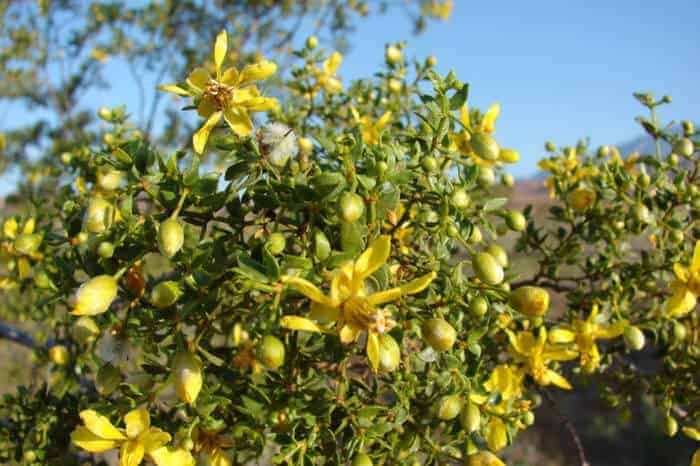Compounds found in the common desert creosote bush show strong anti-parasite action against two deadly bugs: One responsible for Giardia infections and an amoeba behind a lethal form of encephalitis. The compounds could let researchers widen the bag of tricks they use to fight parasitic infections.
According to the World Health Organization, giardiasis (a diarrheal illness) is tied to 846,000 deaths worldwide annually. People typically get infected by drinking or eating contaminated food and water. In the U.S. most of the million people who get infected each year typically survive. N. fowleri, sometimes called the `brain eating amoeba,’ is a much less common infection than Giardia.
Said principal investigator Dan LaBarbera: “However, it (N. fowleri) is a far deadlier parasite that is found in warm fresh waters and infects the central nervous systems of their victims through the nasal passages causing lethal brain damage known as primary amoebic meningoencephalitis (PAM).”
Because of how quickly the amoeba infects a victim and how deadly it is, the U.S. Centers for Disease Control and Prevention has given doctors special approval to use the drug miltefosine even though it is not approved by the FDA. The creosote compound could prove to be less expensive and cheaper option. The researchers focused on the two illnesses because of how common they are in Mexico and South America, and in the process found indigenous peoples using the creosote compounds as treatment.
Said co-principal investigator Anjan Debnath: “The significance and intrigue about our study is that it shows the value of prospecting for new medicines from plants traditionally used by indigenous people as medicine.”
The creosote bush is a common desert bush with waxy leaves, yellow flowers and smells like paint thinner. Native Americans have long used creosote for illnesses such as intestinal complaints. Previous studies have found that a compound called nordihydroguaiaretic acid (NDGA) has antibacterial, anti-inflammatory, antiviral, and even anticancer properties.


